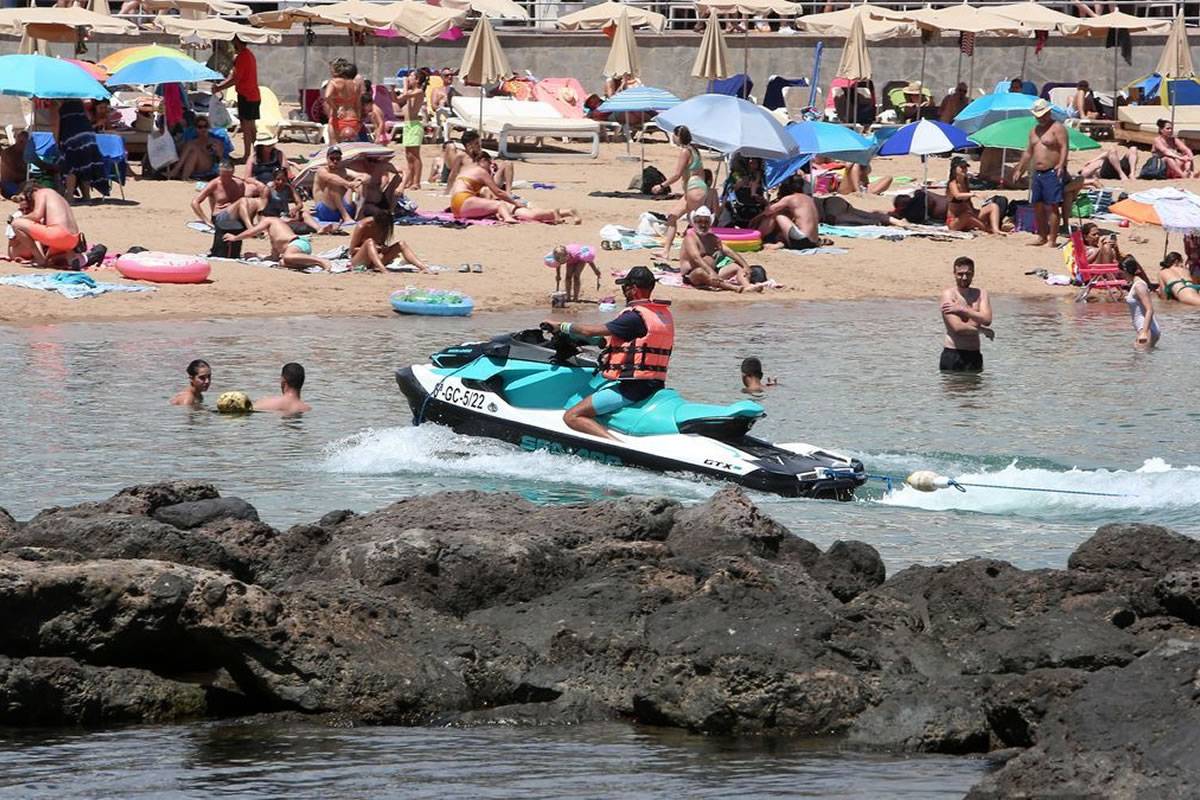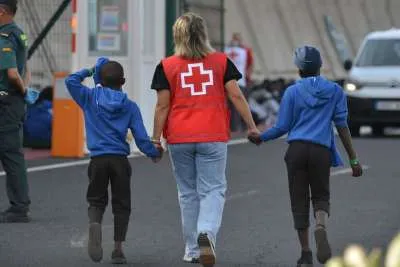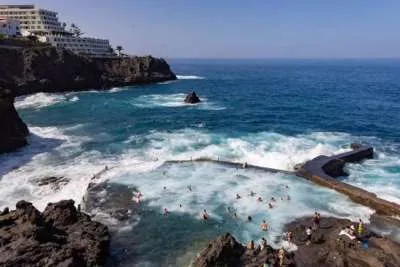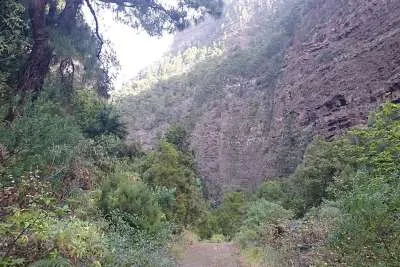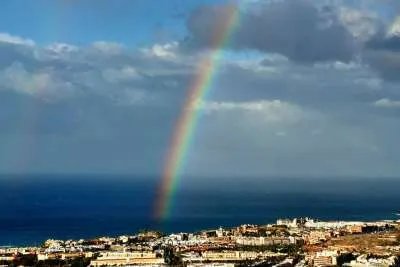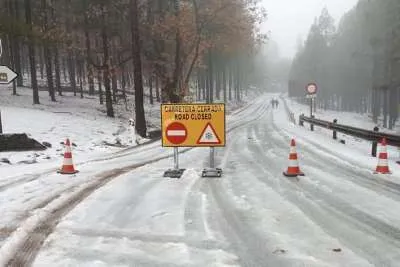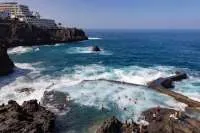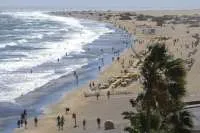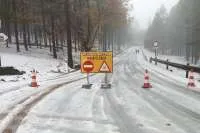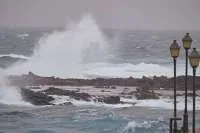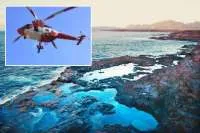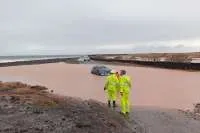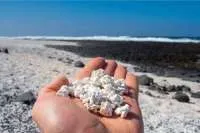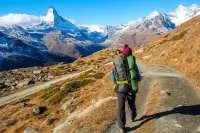Accidents at sea: the difficulty of having bathers, boats and jet skis on the beach
- 22-08-2022
- National
- Canarian Weekly
The beaches of the Canary Islands are the emblem of the Archipelago, the islands have a total of 1,500 kilometres of coastline and 750 bathing spots ranging from large beaches with crystal clear water and white sand to natural pools. However, for years, pleasure boats and jet skis have gradually cornered beaches.
The misuse of this type of vessel has not only caused fatal accidents in the sea but has also put the marine species that inhabit the coastline at risk.
Last summer, the south of Gran Canaria was the scene of a tragedy, after a French tourist died as a result of a head-on collision between two jet skis. He was on one of them with his partner, and his son was on the other. When they collided, the father fell into the sea and was hit by a jet ski that was being ridden by a 17-year-old, and died as the result of a head injury. Both the teenage rider and the company that rented the jet skis were investigated for their reckless use.
The Royal Decree that updates the security measures for the use of jet skis states that rental companies must have an area where they explain how they work. The explanation must be given by one of the monitors. This theoretical class will be held before the use of jet skis and will be about their handling and basic navigation rules.
According to the rule, the lesson will last as long as necessary to ensure safe navigation, but many believe this isn’t done properly, especially as most of those people renting them have never been on one before. Safety associations want the use of helmets on jet skis to be enforced, as when you hit the water at speed, it's as hard as if you hit the ground.
Diving under jet skis:
The carelessness in the use of jet skis, as well as the increase in recreational boats on the coasts of the Islands, also threaten divers, fishermen and marine species. Pablo Martín is a marine biologist. He frequently dives to study the seabed of the Canary Islands and carry out outreach work. On several occasions he has had "scares" with jet skis, saying “only luck has stopped there being a serious accident”
“I have been coming out of the water and I have seen a jet ski go by at full speed five metres away. In the area of La Caleta in Adeje (Tenerife), I have also been snorkelling with a buoy on the surface, signalling correctly, and three jet skis have passed just a few metres away. Sometimes they don't even see you,” he said.
Martin claims that all the jet ski companies want is as many people out there as possible and don’t care about diving areas, bathing areas, and fishermen. “People only receive a couple of tips about the controls, they don’t explain what else is out there in the water, and they don't take any regulations into account. Many fishermen complain that they scare away the fish and pass very close and can break their fishing gear”.
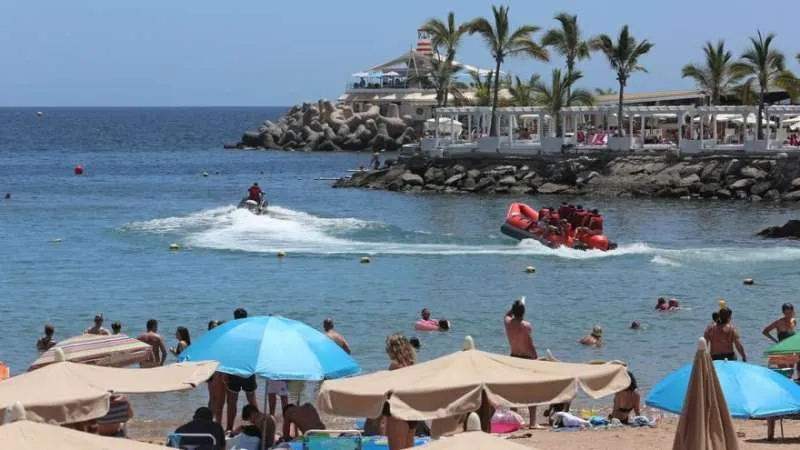
Royal Decree 259/2002 of March 8 on safety measures in the use of jet skis establishes that the navigation of jet skis is expressly prohibited within marked bathing areas. In the stretches of coast that do not have marked bathing areas, the navigation of these jet bikes in "the strip of sea adjoining the coast in a width of 200 metres" is prohibited. As for speed, they should not exceed 3 knots.
For Pablo Martín, the species that inhabit the Special Conservation Area (ZEC) in the south of Tenerife are in particular danger. “The lack of vigilance, control and speed regulation puts dolphins, turtles and cetaceans at risk”, highlights the biologist. The green turtle and the loggerhead turtle are the species that are most frequently on the coast and are most exposed to impacts and collisions.
Some of the solutions proposed by the biologist involve increasing control and surveillance. “For activities such as jet skiing excursions, companies should have a closed circuit marked with buoys. In this way, the chances of collision would be greatly reduced”, proposes Martín.
Drowning:
On the other side of the scale are deaths by drowning. So far this year, according to data published in July by the Canary Islands association ‘1,500 kilometres of coastline’, 35 people have died, eight more than in the same period of 2021 from drowning. Added to this figure are 100 more people affected by aquatic accidents.
The main cause of death by drowning in the Islands is, according to the president of the association, recklessness. Many bathers get into the sea from beaches marked with a red flag or in places where the sea gives signs of danger due to wind or currents.
In recent years, a new risk factor has been added: social media. La Cueva del Tancón, in Tenerife, was a fatal example last summer. This point in Santiago del Teide went viral due to its paradisiacal appearance, but not all visitors know that bathing there is prohibited since, although it looks like a puddle, it is not. El Tancón is a bufadero, a cave generated by wave erosion with an opening in the roof through which air and pressurized water enter and exit.
In August 2021, this bufadero registered its last fatality, the fifth in four years, of a young man aged 27 years old. The Guardia Civil located his body several hours after he had disappeared in the water.
Other articles that may interest you...
Trending
Most Read Articles

Featured Videos
A Vision of Elvis Tenerife Promo
- 10-05-2025
TEAs 2025 Highlights
- 17-11-2025


